
Types of Fibroids and Location
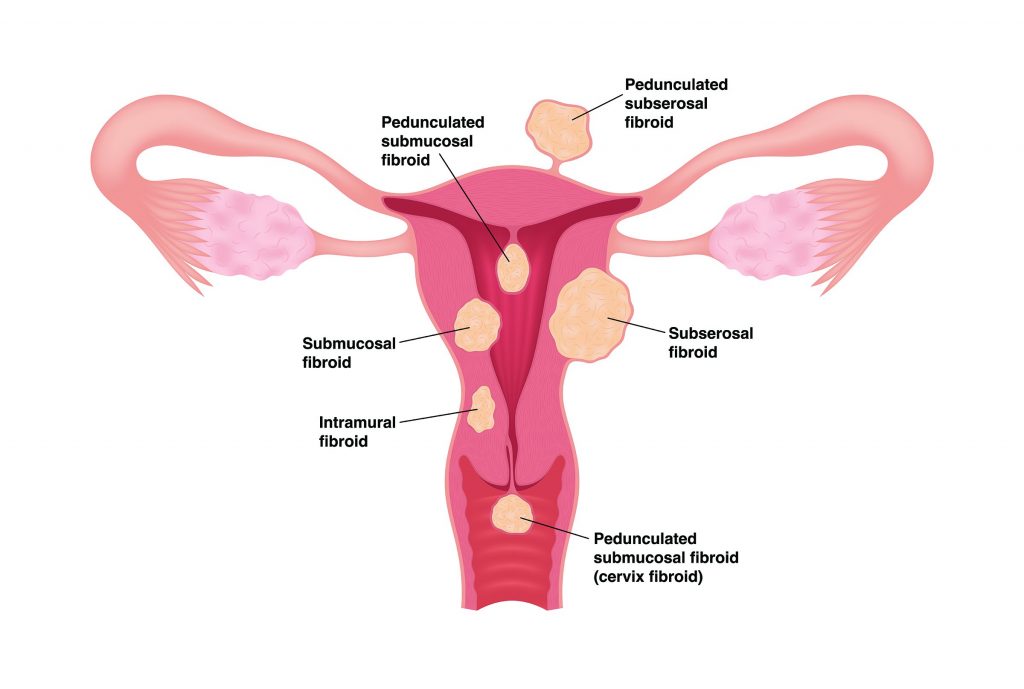
Fibroid location is a concern for many women, especially those who are pregnant or intend to have children in the future. While having fibroids doesn’t mean that you can’t get pregnant, they could become a nuisance if left untreated and allowed to grow in more sensitive areas.
Some cause more painful uterine fibroid symptoms than others and can also be more difficult to remove. Unlike some fibroid treatments, UFE targets all fibroids in the uterus. It is effective for women with only a few fibroids as well as those who have many fibroids, regardless of fibroid size.
- Intramural fibroids — Grow inside the muscles of the uterine wall, causing issues with uterine function. Accounting for 70% of uterine fibroids, this is the most common affecting one in four of all women of childbearing age.
- Submucosal fibroids — Protrude underneath the uterine lining and into the uterine cavity, causing issues with uterine function. Some women notice heavy bleeding during menstruation and increased abdominal pain from this type of fibroid.
- Subserosal fibroids — Tend to grow just outside the uterine walls, impacting surrounding organs. As a result, these can put pressure on the bladder, bowels, and abdomen.
- Pedunculated fibroids — Hang by a thin thread or stalk inside or outside the uterus. These are more likely to cause pain in the abdominal area, due to obstruction of the uterus and surrounding organs
Diagnosing Fibroids
The specialists at Fibroid Institute Dallas are experts at accurately and quickly diagnosing fibroids. Telehealth options are available. A physical exam and vaginal access is not required. After reviewing your medical history and discussing your symptoms at your consultation appointment, an ultrasound imaging test will determine whether or not you have fibroids. In some cases, you may also need an MRI.
Our practice is 100% focused on fibroids. Experience matters.
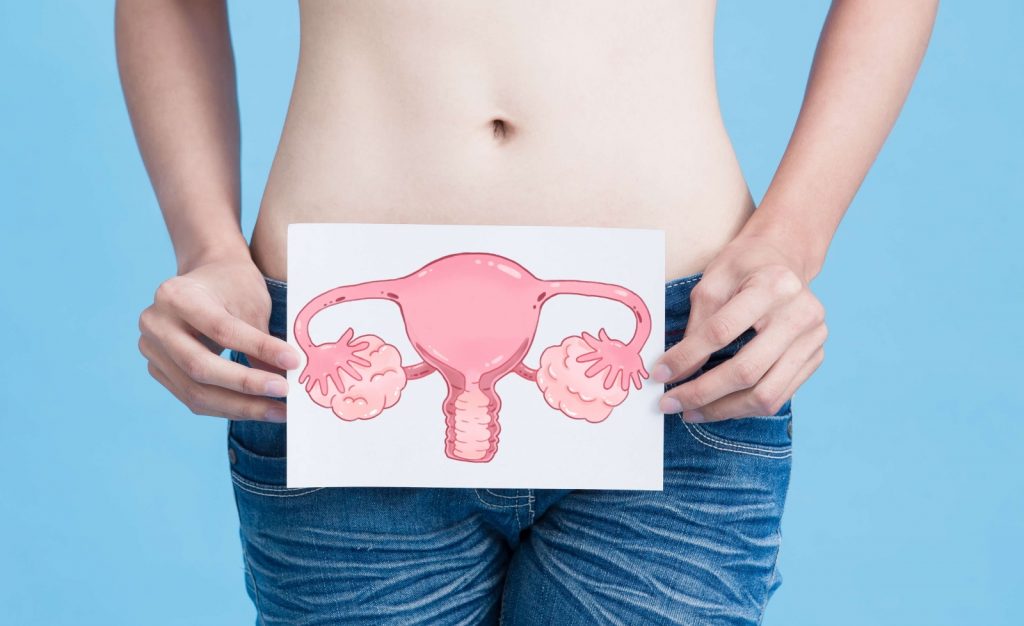
Subserosal Fibroid Issues
Size and location of subserosal fibroids change the issues a woman may experience. As subserosal fibroids grow larger, they can result in:
- A protruding abdomen or belly
- Frequent urination
- Bloating
- Constipation
- Abdominal cramping or pain
- Difficulty emptying the bladder
- A heavy or full feeling in the abdomen
Intramural and Submucosal Fibroid Issues
Intramural and submucosal fibroids have been known to impact a woman’s ability to get pregnant simply because of their location. Any fibroid located in these areas can cause painful uterine fibroid symptoms, force a host of abnormal changes, and take a toll on fertility in several ways, including:
- Altering the cervix’s shape
- Stopping a fertilized egg from implanting properly in the uterus
- Hindering the number of sperm that can enter the uterus
- Abnormal blockage of the fallopian tubes
- Abnormal blood loss during delivery
- Dangerously affecting the baby’s positioning
- Limiting blood flow to the placenta, causing miscarriage
- Premature birth
- Increasing the chances of a cesarean section
Fibroid Removal &Treatment
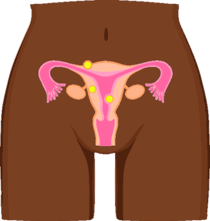
Traditionally doctors used hysterectomies to remove uterine fibroids. However, today hysterectomies are no longer always the best option. Experts can effectively treat fibroids with procedures such as Uterine Fibroid Embolization (UFE) that do not require surgery.
Are you experiencing any of the following?
If yes, you could be one of the many women suffering from uterine fibroids.
• Heavy menstrual periods
• Pain between and/or during periods
• Difficulty or frequent urinating
• Pelvic pain or pressure
• Constipation
• Pain during and/or after intercourse
• Back or leg pain
• Distension or bloating
Are you a candidate for treating your fibroids without surgery? A 10-minute free phone screening is all it takes to find out.
"*" indicates required fields
Uterine Fibroid Embolization (UFE)
A Non-Surgical Treatment for Leiomyomas /Fibroids
Our number one patient-preferred treatment option is Uterine Fibroid Embolization (UFE). This state-of-the-art procedure requires no surgery, no incision, and no vaginal access. Unlike some fibroid treatments, UFE targets all fibroids in the uterus. See why UFE is the right choice for you to become Fibroid Free and take your life back:

Patient Preferred
Uterine Fibroid Embolization stops blood supply to the fibroids so it is unnecessary to remove the uterus.


Minimally Invasive
While the patient given medication to feel sleepy and comfortable, UFE is done through a puncture the size of a grain of rice. It heals with almost no scarring.
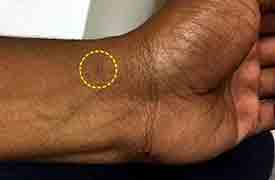

Quick Recovery
The recovery time is just 7-10 days, shorter than a hysterectomy, so you can get back to your life quickly and with less pain.

Covered by most major insurances and Medicare.
Direct access to fibroid doctors. Unmatched, highly specialized patient care.
Meet Your Fibroid Experts

Dr. Suzanne Slonim
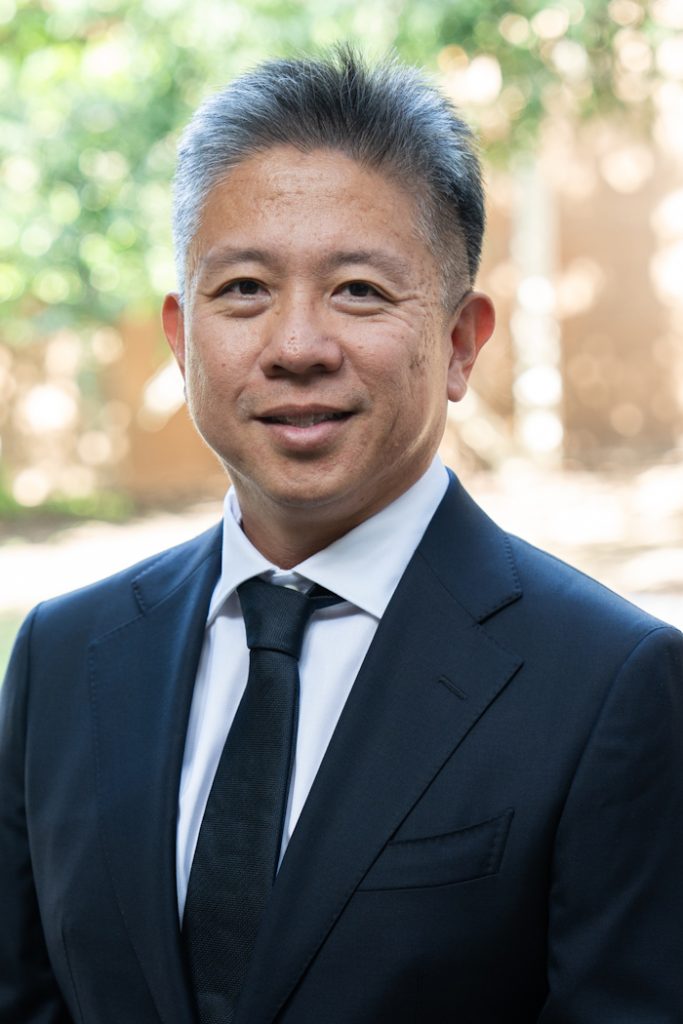
Dr. Danny Chan

Dr. Cathryn Shaw
Dr. Slonim, Dr. Chan and Dr. Shaw are board-certified Interventional Radiologists, trained to perform minimally invasive procedures with x-ray guidance.
The doctors have completed more than 40,000 interventional radiology cases over the course of 30+ years, making them extremely qualified to serve patients with concierge-level care at Fibroid Institute Dallas. They are highly experienced UFE specialists at a practice that is 100% focused on fibroid issues.
Find out why so many women turn to Drs. Slonim, Chan, Shaw and the Fibroid Institute Dallas team, for non-surgical uterine fibroid treatment in Dallas/Fort Worth and all of North Texas.
“When you need treatment for your fibroids, you want a doctor you can talk to. You want someone who understands you. You want someone you can trust. We are going to take the time to explain everything, tell you all the alternatives, and answer all your questions. We’ve helped thousands of women bothered by fibroids. We are on your side.”
Frequently Asked Questions
Here are a few questions that come up regularly about fibroid treatment:
Do All Cases of Fibroids Require Treatment?
No. Treatment is only required in 10% to 20% of fibroid cases. Most fibroid cases don’t cause any symptoms.
How Do I Prepare for the UFE Procedure?
We will carefully explain what the instructions are before the procedure, and we’ll provide you with written instructions too.
Can This Prevent a Hysterectomy?
Yes. The UFE procedure may reduce the need for hysterectomy substantially. 1/3 of all hysterectomies in the U.S. are linked to fibroids.
What If I Feel Anxiety Before the Procedure?
A mild sedative is given an hour before the procedure to help you relax. This helps ease nerves considerably.
Can I Have UFE If I Still Want to Get Pregnant?
It is possible to have a normal pregnancy, normal delivery, and normal baby after having the procedure. However, there is a small amount of evidence that suggests a slightly higher miscarriage rate if you have a UFE. If given the option to have another treatment for your fibroids, that may be safer until further data is available about pregnancy after UFE. If a woman has been told that hysterectomy is her only treatment option, we would be happy to discuss the possibility of UFE with her.
Patient Testimonials
See and hear how UFE has improved the lives of our patients: